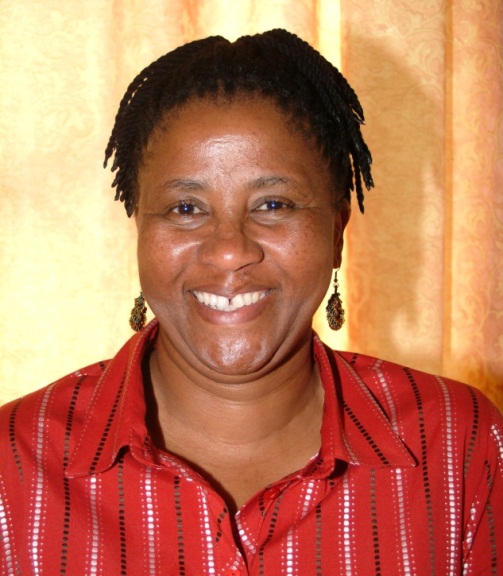In October 2010 two men were stabbed and killed in Mpophomeni, Howick, in a dispute between the 26 and 28 gangs. Mpophomeni coordinator Lucky Mkhize (right) heard about the case and decided to visit eight local schools and speak to children about the problems of gangsterism. 
Because gang members have tattoos, Lucky spoke to the children about the risk of being identified as a gangster by tattoos that learners often get to show off with, without knowing their full meaning. With the help of the educators and police, the children in eight schools were asked to show any tattoos they had, and 700 revealed marks of the 26 and 28 gangs, some with more than one on their bodies. Police say the learners, many of whom are in primary school, merely have the tattoos for show and are not involved in crime, though some are asked by gangsters to steal goods such as cellphones for them, knowing they are too young to be arrested. Four learners, three of whom were in lower primary school, had knives – to protect themselves, they said.
Lucky arranged for police, parents, children and local councillors to meet in the local hall to discuss this problem. About a thousand people came. Speakers explained to the children that the tattoos originate in prisons where inmates receive numbers and group into gangs to protect themselves. In prisons the 26s always seek money and blood while the 28s specialise in rape and murder. Speakers explained that when the children are older, they will be seen as criminals and gang members because of these tattoos. Also, if they end up in prison themselves, having these tattoos will endanger their lives.
Almost all of the children were shocked to hear this and said that they had not understood the associations and origins of the tattoos and wanted to have them removed. Police, parents and Lucky are trying to contact tattooists to help take them off, while some children have started trying to erase the marks themselves at home, with one unsuccessfully using a hot iron.
An important underlying issue is that many children see prisoners and gangsters as role models. To tackle this, Lucky and police are currently arranging for all 700 children to visit prisoners in jail. It is hoped that by seeing the grim reality of life there, learners will realise that crime and prison gangs are not glamorous after all.